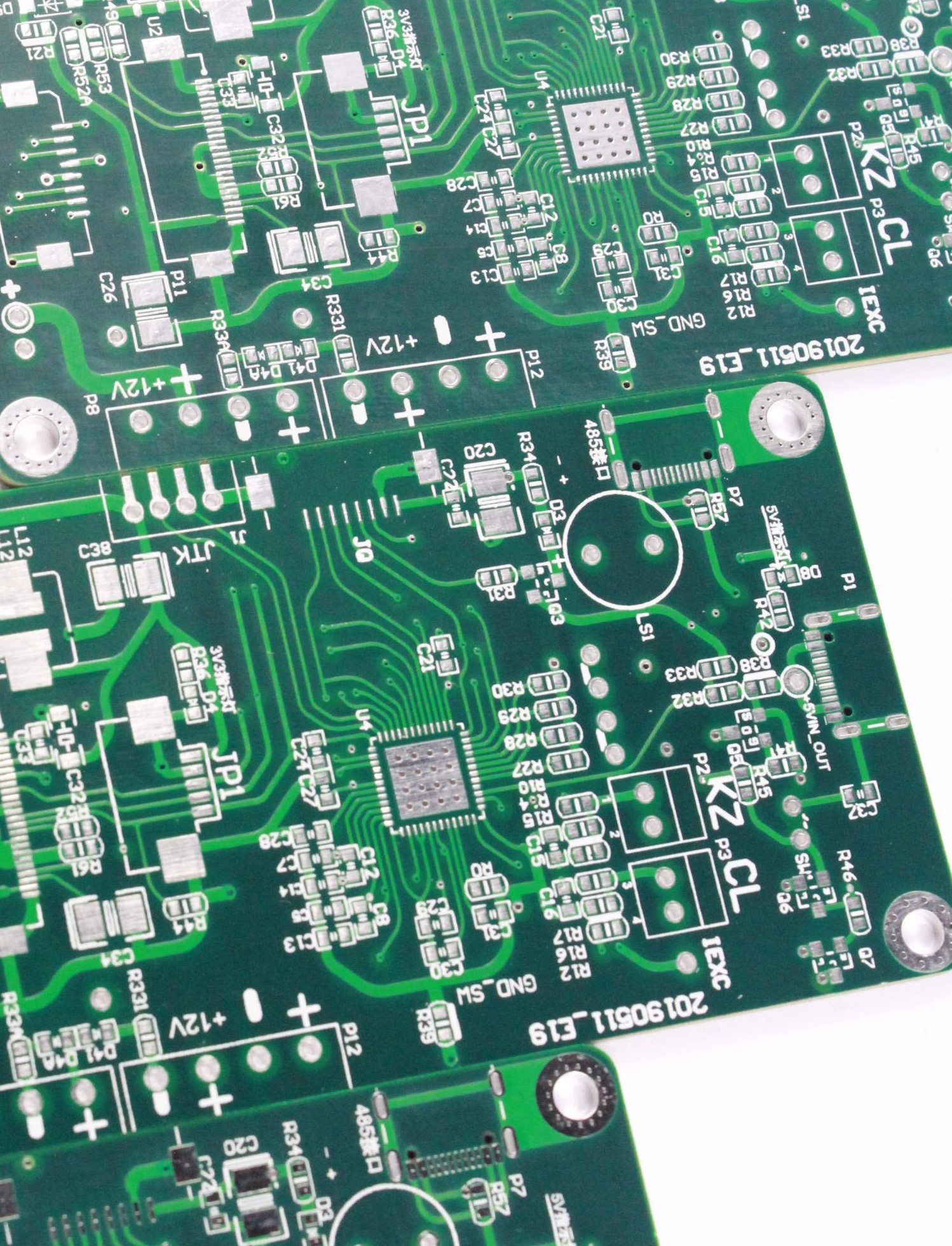Copper electroplating is one of the most widely used pre-coating processes to improve the adhesion of the plating layer. The copper coating is an essential component of the protective decorative plating system of copper/nickel/chrome. It is flexible, has low porosity, and plays a vital role in improving the adhesion and corrosion resistance between layers. Copper plating is also used for localized carburization prevention, metallization of PCB holes, and as a surface layer for printing rollers. After chemical treatment, colored copper layers, coated with an organic film, can also be used for decorative purposes.
Next, we will introduce common problems encountered in copper electroplating technology in the PCB process and their solutions.
Common Issues in Acid Copper Plating
Copper sulfate electroplating holds an extremely important position in PCB electroplating. The quality of acid copper plating directly affects the quality and mechanical properties of the copper layer and has certain implications for subsequent processing. Therefore, controlling the quality of acid copper plating is a crucial part of PCB electroplating and is one of the most challenging processes for many large manufacturers to control.
The common issues in acid copper plating are as follows:
Rough electroplating
Copper particles on the board surface
Pitting
White or uneven color on the surface.

Here, we summarize and briefly analyze the solutions and preventive measures for these problems:
1. Rough Electroplating
Roughness on the board's edges is often caused by excessive plating current. Reducing the current and using a clamp meter to check for abnormal current display can help. Roughness across the entire board is rare but can occur during winter due to low temperatures and insufficient brightener. Additionally, poorly cleaned reworked boards may also show similar issues.
2. Copper Particles on the PCB Board Surface
Many factors can lead to copper particles on the surface, from the copper deposition process to pattern transfer, and even the copper plating itself.
In the copper deposition process, copper particles may result from any treatment step. Alkaline degreasing can cause surface roughness if water hardness is high, dust from drilling is excessive (especially in double-sided boards without de-smearing), or if filtration is inadequate. Generally, roughness is confined to holes, but light particulate contamination on the surface can also be removed by micro-etching.
Micro-etching issues may occur due to poor quality of hydrogen peroxide, sulfuric acid, or ammonium persulfate (sodium), with impurities. It is recommended to use at least CP grade chemicals, as industrial-grade chemicals can lead to quality issues.
Contamination in the activation solution, often due to poor maintenance or filter pump air leaks, can cause suspended particles that adhere to the board surface or hole walls, resulting in roughness.
Improper handling of desmearing or acceleration can result in silicate or calcium salts building up in the solution, leading to the formation of copper particles.
Improper storage in the dilute acid tank after copper deposition, if the solution is contaminated or if storage is prolonged, can lead to oxidation of the board surface, even in acidic solutions, making the oxidation film difficult to remove.
3. Pitting
This defect can arise from several processes: copper deposition, pattern transfer, pre-treatment, copper plating, and tin plating.
Copper deposition issues are often due to dirty cleaning baskets, causing palladium and copper contamination to drip onto the board surface during micro-etching.
In pattern transfer, maintenance problems and inadequate post-development cleaning lead to incomplete removal of developer residues, causing contamination that leads to pitting during plating.
4. White or Uneven Surface Color
White or uneven surface color can be caused by several factors:
Misalignment of the aeration tube leading to uneven air agitation
Air leakage in the filter pump, resulting in fine bubbles that adhere to the board surface
Use of inferior cotton cores in the filter, leading to incomplete processing and contamination of the solution.
Proper cleaning of cotton cores, adequate brightener levels, and maintaining the solution temperature can help resolve this issue.
Conclusion
These are some of the common problems in acid copper electroplating processes. Acid copper plating has become widely used due to its simple, stable solution composition and high current efficiency, resulting in highly bright, smooth, and evenly plated layers. The key to achieving high-quality acid copper plating lies in the selection and application of brighteners.